Predicting future disasters is an important goal of those participating in the IEEE Geoscience and Remote Sensing Symposium


Predicting future disasters is an important goal of those participating in the IEEE Geoscience and Remote Sensing Symposium
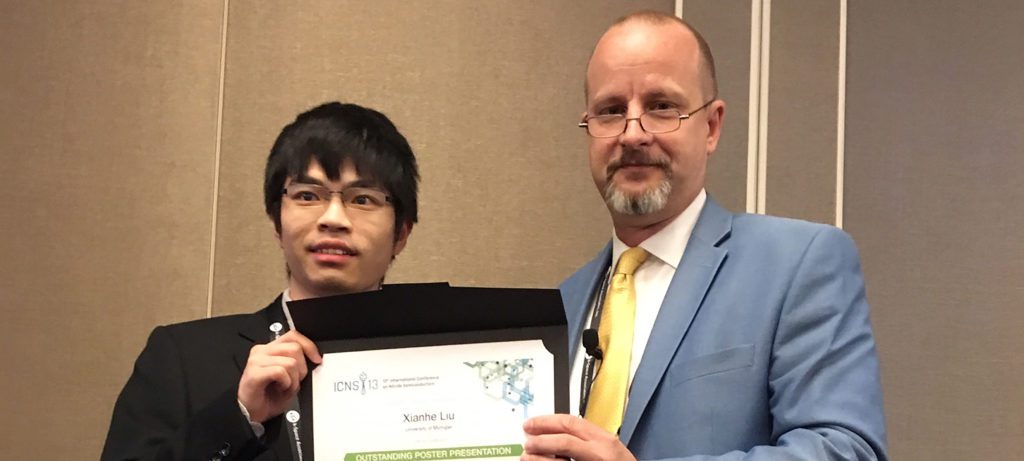
The research impacts development of high-efficiency, micro LEDs, used in a variety of applications.
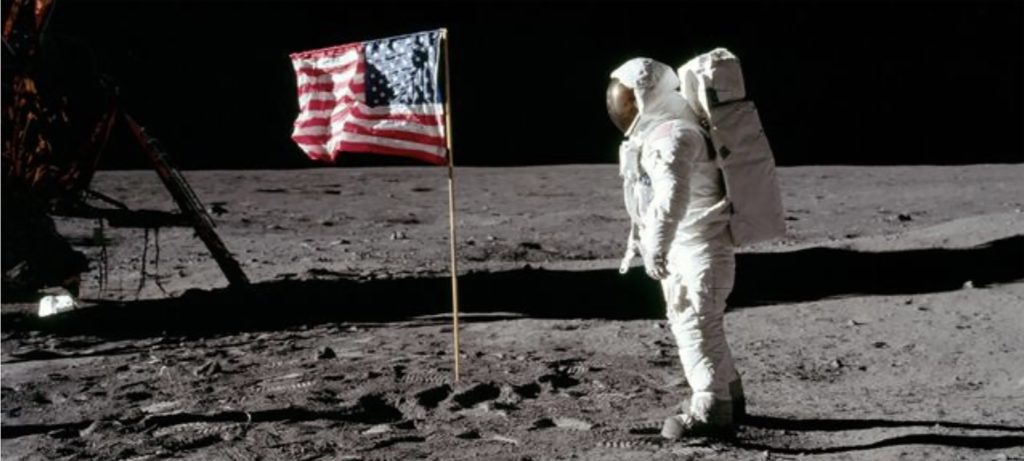
For the 50th anniversary of the Apollo 11 moon landing, U-M ECE takes a look back – and a look forward – to how our professors, students, and alums have made their mark on the field.
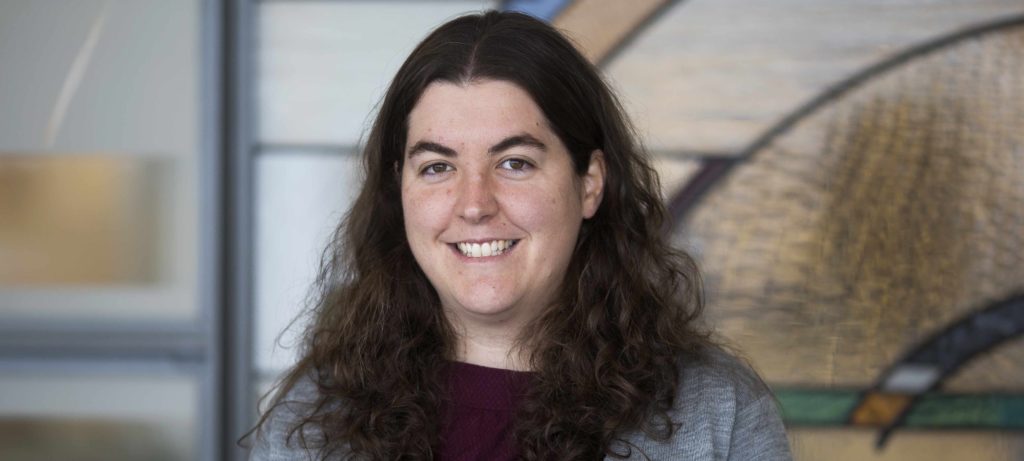
The symposium brings together 82 young engineers from different technical areas from around the country.
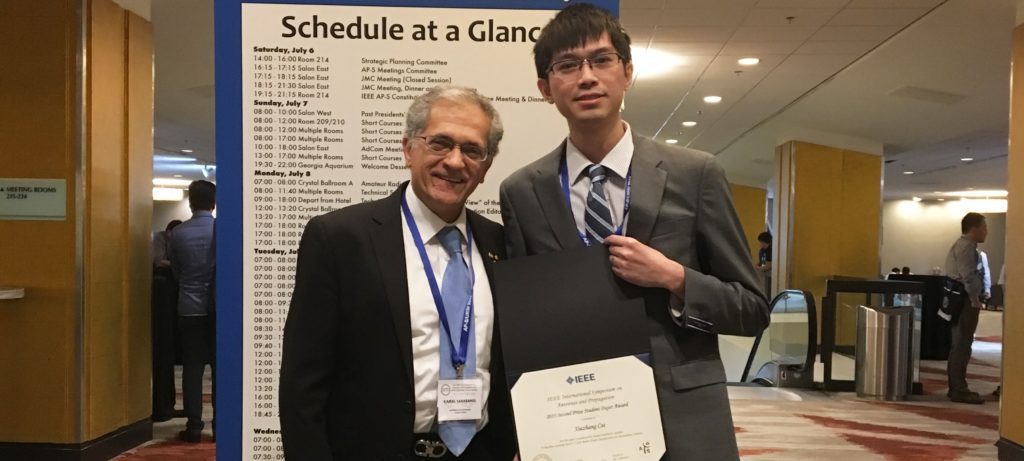
Second Prize overall went to doctoral student Xiuzhang Cai for his radar target classification research applicable to autonomous vehicles.

Mostafa Zaky has built an award-winning model that helps estimate the amount of water stored in snowpacks, which could improve climate change and flood forecasting, as well as overall water resource management.
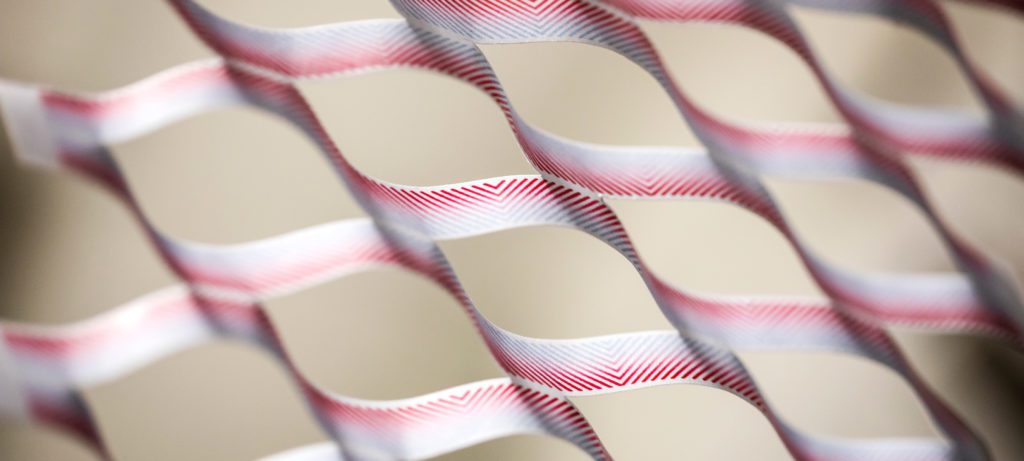
The rays used by airport scanners might have a future in medical imaging.

Willingale’s research in plasma physics advances many research areas from spectacular astrophysical phenomena to cancer treatment to fusion power.
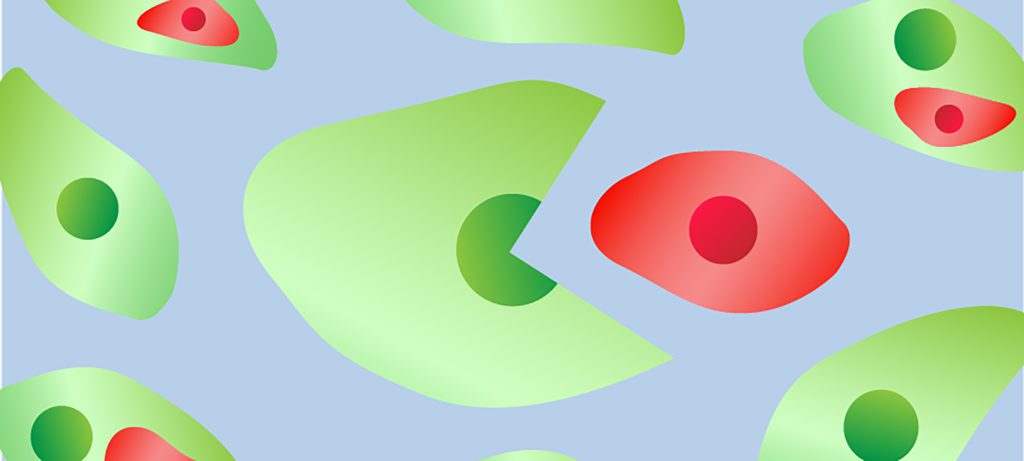
Cancer biologists and engineers collaborated on a device that could help predict the likelihood of breast cancer metastasis.

From Long Beach, CA, to a Nepalese national park and world heritage site, undergrads Ashley Gee and Camille Burke came away with unforgettable experiences and a greater appreciation for how engineering can change the world for the better.